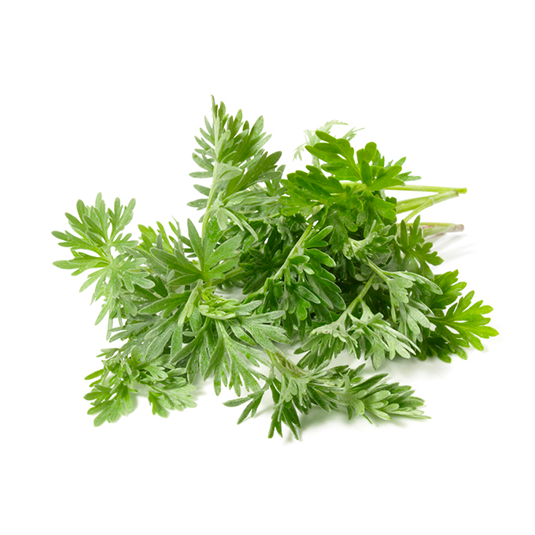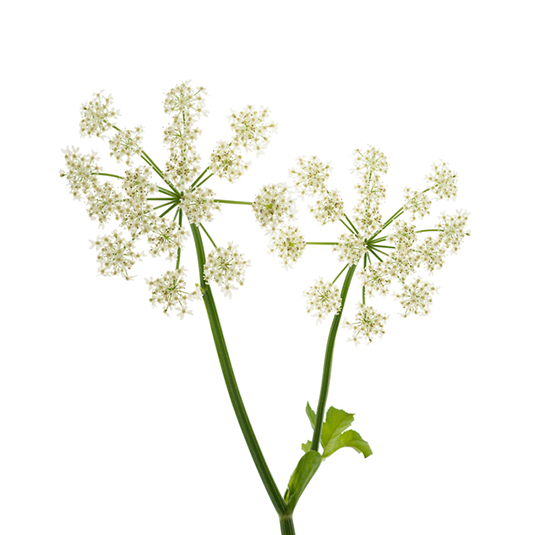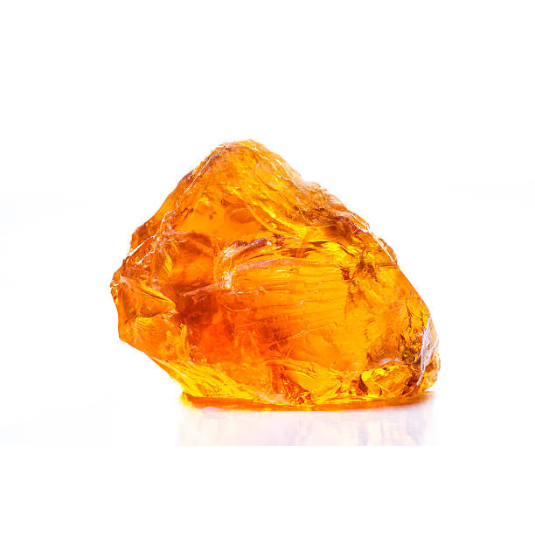SUMMARY
01. What does the word cotton candy mean ?
02. In the begenning...
03. The making of cotton candy
04. What do you know about the use of cotton candy in perfumery ?
05. Some cotton candy perfumes
What does the word cotton candy mean?
Cotton candy owes its name to the creation process of this delicious confectionery. Invented for the first time in 1897, by the dentist William Morrison and the confectioner John C. Wharton, cotton candy is obtained by melting down sugar at a high temperature and spinning it with the help of a special machine. The spun sugar is then collected as fine silken filaments. For several years, it has inspired the world of perfume who look to recreate these famous, sweet and airy notes in fragrance.
In the beginning…
The history of cotton candy dates back to the end of the 19th century. Introduced for the first time at the universal Saint-Louis exhibition in 1904, this delicious candy has quickly become a staple at funfairs and events in the United States and across the world. Its popularity has very quickly spread, to the delight of young and old alike! Over time, cotton candy has become a symbol of sweet pleasure. Perfumers have understood this and do not hesitate to exploit its retro charm and evocative power in their fragrances.
The making of Cotton Candy
The making of cotton candy is a true culinary art. To obtain this light and vaporous sweet treat, sugar is heated at a very high temperature until it turns into a viscous syrup. This syrup is then poured into a special centrifugal, equipped with tiny holes which divide the sugar into fine filaments. These filaments of sugar are collected and spun in a huge bowl, where it builds up, forming a whirlwind of colors and flavors.
Traditionally, cotton candy is made with natural flavors such as vanilla, strawberry, raspberry, or bubblegum, but nowadays, the possibilities are endless, and new bold flavors emerge to delight the taste buds of gourmands.
What do you know about the use of cotton candy in perfumery?
Cotton candy, with its gourmand and sugary olfactory profile, has found its place in perfumery since the creation of the perfume Angel by Thierry Mugler in 1992. Thierry Mugler had given the instruction to create a perfume product reminiscent of a fun fair. This bold request was honored with success by the perfumer Oliver Cresp. He drew on fashion designer Thierry Mugler’s childhood stories to get the fragrance as close as possible to his expectations. To achieve this, he made excessive use of an extremely gourmand raw material called ethyl maltol. Ethyl maltol is a synthetic molecule characterized by its facets of roasted notes, cooked red fruits, and obviously, cotton candy. Therefore, it was Angel who paved the way for gourmand fragrances that have since taken center stage. Reproduced in the laboratory by perfumers, the cotton candy accord offers sweet and mellow notes to the fragrance. Its evocative scent is often used to create addictive fragrances reminiscent of gourmet desserts. It is mostly found in “feminine” fragrances although gourmand perfumes are becoming less and less targeted. Cotton candy blends harmoniously with fruity accords, like raspberry and strawberry to reinforce its sugary character. It can also be associated with base notes of vanilla, caramel, or chocolate, which exacerbate the gourmand side of the fragrance.
Some cotton candy perfumes
Angel by Thierry Mugler: a timeless myth with gourmand notes of cotton candy, caramel, and chocolate. Its star-shaped bottle is emblematic of the brand. Launched with an innovative communications approach, this eau de parfum has become the trailblazer of fruity gourmand fragrances.
Monstres de Nina: An extravagant limited-edition perfume by Nina Ricci. The bottle, designed by Ana Strumpf and Guto Requena, transforms the apple into a colorful owl. Her gourmand perfume blends cotton candy, praline, vanilla, and peonies to recreate a festive funfair atmosphere. A joyful, playful spring fragrance not to be missed.
Who knows, maybe one day, Bon Parfumeur, our haute parfumerie house, will offer cotton candy fragrance! In the meantime, take a look at our gourmand and addictive 501 perfume, with its crunchy praline note!
















